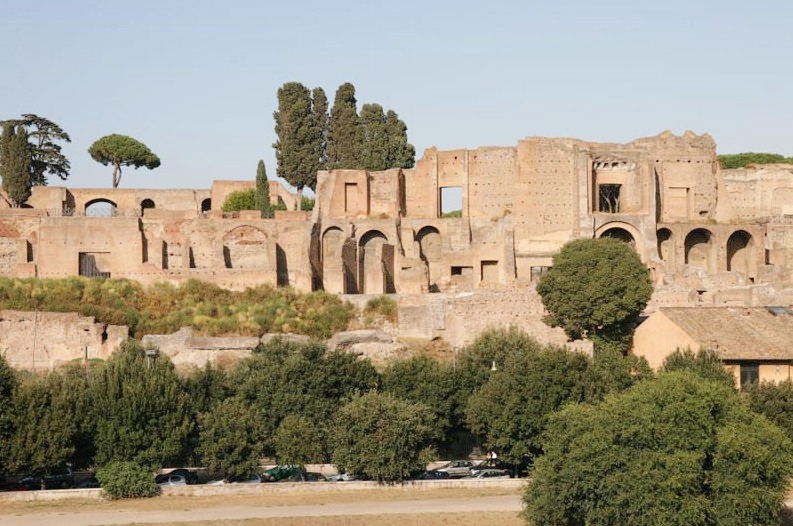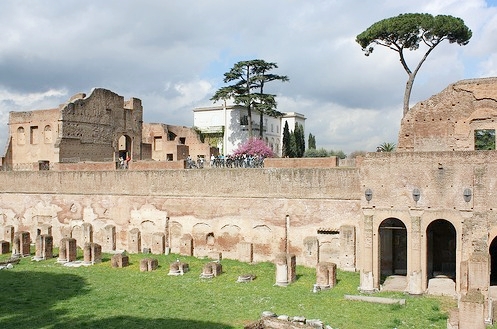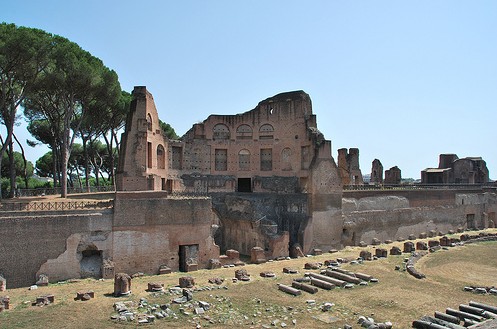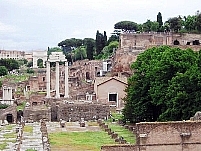Palatino, RomePalatine Hill, RomeThe city of Rome was actually built across seven hills. Among these hills is the Palatino. The Palatino is the central hill and cradles the oldest parts of Rome. It is flanked by the Forum Romanum, the Velabrum and the Circus Maximus.  It also occupies a special place in Roman mythology. It was believed that the founder of Rome, Romulus, and his twin Remus were raised here by a she-wolf. The she-wolf was honored every year by the ancient Romans at the festival of Lupercalia, which was celebrated on the Palatino cave. Archaeologists have recently found the cave where the festival was held, though it is not open to the public. Other key findings are traces of settlements that date back as early as 1000 BC. However, Palatino is best known today for the ruins of the palaces of great Roman emperors. During the city’s Republican Era, the Palatino was the favored residence of the elite—a reputation that continued for centuries, when the emperors themselves built their palaces on the slopes. At one point the entire hill was dotted by their grand structures.  Unfortunately, only the ruins of the palaces of emperors Augustus, Tiberius and Domitian remain today. They are called the Domus Tiberiana, the Domus Flavia, the Domus Augustana and the Domus Severiana. As for the elite’s residences, guests can find the House of Livia, the House of Augustus and the House of the Griffins. There are fragments of a once-beautiful temple dedicated to the Roman deity, Apollo. Another key attraction are the Farnese gardens. Experts are still debating the origin of the name, Palatino. Some believe that the root is the latin ‘Palus’ which can be defined as marsh or swamp. This may refer to the stretch between the Forum Romanum and the Velabrum, which had to be drained before they could be used for settlement.  Another school of thought believes that the name Palatino originates from the word ‘Pales,’ a pastoral deity. Pales was honored every year on April 21—which, according to Roman mythology, was also the day that the city was founded. Visitors can view the ruins of Palatino from 9 am to an hour before sunset (typically 7 pm). The admission fee of 9 euros acts as a day pass that covers the Colosseum, Palatine Hill, and Palatine Museum. There are audio guides and guided tours. 
|